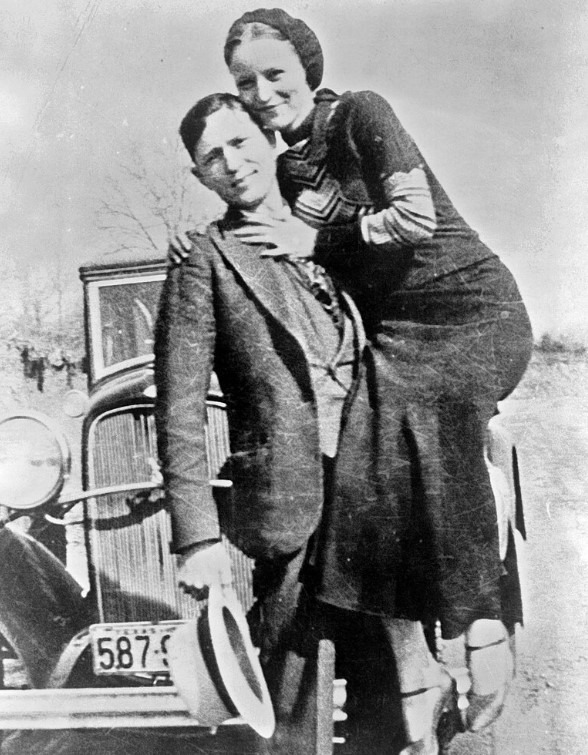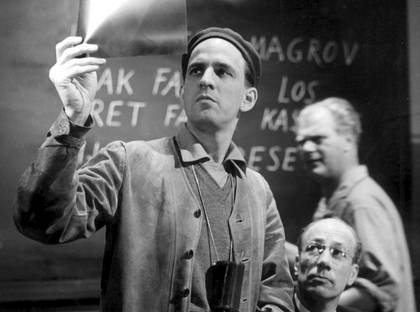The 1960s Cinema Legacy: A New Hollywood Revolution

You'll uncover how 1960s cinema transformed Hollywood through a perfect storm of change. As the old studio system crumbled under TV's rise and the Paramount decree, a new generation of filmmakers embraced radical techniques and countercultural themes. European influences, particularly the French New Wave, inspired directors to break traditional storytelling rules. From Bonnie and Clyde to Easy Rider, these revolutionary films redefined what American movies could be. The story behind this cinematic rebellion reveals an even more fascinating metamorphosis.
The Crumbling Studio System: Catalysts for Change
While Hollywood's studio system had dominated American cinema for decades, several seismic shifts in the 1960s finally broke its iron grip on the industry. You'll find the roots of this transformation in the 1948 Paramount court case, which forced major studios to sell their theater chains, weakening the Studio System's foundation.
When television emerged as entertainment's new frontier, it further eroded Hollywood's control by stealing audiences from movie houses.
The outdated Production Code gave way to a modern ratings system, letting filmmakers investigate bolder themes for a new, college-educated audience. As costly box office failures drained studio coffers, independent film gained ground. The old Hollywood system couldn't ignore changing audience demographics, and studios had to adapt or die. This perfect storm created the conditions for New Hollywood's creative revolution. The decline marked a stark contrast to the 1930s when vertical integration practices helped major studios like MGM, Paramount, and Warner Bros. maintain strict control over production, distribution, and exhibition.

Birth of the Counterculture in American Cinema
As the studio system's grip loosened, a powerful new force emerged in American cinema: the counterculture movement. You'll find its rebellious spirit in pioneering films like Bonnie and Clyde and Easy Rider, which captured the anti-establishment sentiments of America's youth culture.
These films didn't just entertain; they reflected the nation's struggles with the Vietnam War and civil rights movement. Directors like Martin Scorsese and Francis Ford Coppola stepped forward to tell raw, honest stories that challenged traditional Hollywood narratives. They weren't afraid to experiment with innovative techniques, including jump cuts and documentary-style filming, creating a more immediate and authentic viewing experience.
You're witnessing a shift where cinema became more than entertainment - it became a mirror for social change and cultural upheaval. Scorsese's unique approach to filmmaking would later spark intense public controversy and debate through his raw depictions of violence and morally complex characters.

European Influences and Artistic Liberation
The European New Wave cinema ignited a creative revolution that altered American filmmaking in the 1960s. You'll see how French New Wave directors challenged traditional storytelling, inspiring American filmmakers to embrace unconventional filmmaking techniques.
Films like "Breathless" ushered in groundbreaking techniques that would redefine modern cinema.
The success of art films by authorities like Fellini and Bergman proved audiences were ready for more sophisticated narratives.
When you watch films from this era, you'll notice these innovative film elements:
- Complex, non-linear storytelling that broke from Hollywood conventions
- Natural lighting and handheld camera work inspired by European art cinema
- Jump cuts and experimental editing techniques from the French New Wave
- Mature themes previously forbidden under the Hays Code
The shift from the restrictive Hays Code to the MPAA rating system freed filmmakers to explore darker, more controversial subjects, forever changing American cinema's realm.

R rating symbol and block
"X"-rating as it appeared in theatrical posters prior to being retired and replaced by NC-17
Revolutionary Filmmaking Techniques
During the 1960s, revolutionary filmmaking techniques shattered traditional Hollywood conventions and redefined cinematic storytelling. You'll notice how directors investigated innovative filmmaking techniques like jump cuts, handheld camerawork, and nonlinear narratives that broke free from rigid formulas.
The fall of the Production Code and introduction of the MPAA ratings system allowed filmmakers to examine mature themes with unparalleled freedom.
Directors like Scorsese and Coppola prioritized realism and character development, while the rise of the auteur theory positioned them as the primary creative forces behind their films. Popular music soundtracks in pioneering films like "Bonnie and Clyde" and "Easy Rider" didn't just complement the visuals - they enhanced the emotional resonance of each scene.
These techniques revolutionized how you experience cinema, creating a more immersive and authentic viewing experience.
Landmark Films That Defined the Era
Several landmark films emerged during the 1960s that permanently altered American cinema's milieu and challenged traditional storytelling norms.
The New Hollywood era burst onto screens with pioneering films that redefined what you'd expect from mainstream cinema. Independent filmmakers pushed boundaries that major studios wouldn't dare cross before.
You'll recognize these revolutionary elements in films that shaped the era:
- Bonnie and Clyde's blend of violence and humor shocked audiences while celebrating youth rebellion
- The Wild Angels' raw anti-establishment message paved the way for counterculture themes
- 2001: A Space Odyssey's mind-bending visuals changed how filmmakers approached spectacle
- Easy Rider's rebellious spirit convinced studios to trust a new generation of filmmakers with unconventional ideas
These movies didn't just entertain - they reshaped Hollywood's entire approach to storytelling and audience expectations.
The New Wave of Auteur Directors
Breaking away from studio-controlled filmmaking, a new generation of directors stepped up to revolutionize American cinema in the 1960s. These new Hollywood auteur directors, including Scorsese, Coppola, and Altman, seized creative control to craft intensely personal visions that challenged traditional Hollywood norms.
These filmmakers didn't just make movies - they redefined what American cinema could be, replacing old-fashioned studio formulas with bold artistic statements that continue to influence directors today.
You'll find their innovative approaches transformed storytelling through morally ambiguous protagonists and strategic use of popular music soundtracks. Scorsese's gritty realism shines in Taxi Driver, while Coppola's skilled direction in The Godfather elevated the gangster genre through deep character exploration. Altman pushed boundaries even further with his unconventional narrative techniques and overlapping dialogue.
Cultural Impact and Industry Transformation
The artistic revolution led by these auteur directors sparked significant changes throughout American society and the film industry's structure. You'll find that the New Hollywood movement aligned perfectly with the cultural revolution of the 1960s, as young filmmakers broke away from traditional studio constraints to address civil rights and social issues that resonated with the Baby Boomer generation.
The transformation manifested in four key ways:
- Location shooting replaced artificial studio backdrops
- Independent cinema challenged big studio monopolies
- New ratings system replaced outdated censorship codes
- Documentary-style techniques entered mainstream films
You're witnessing a period when American society's changing values demanded authentic storytelling. This shift forever altered how studios operated, putting creative control in filmmakers' hands and establishing a blueprint for modern cinema that you'll recognize in today's independent productions.




